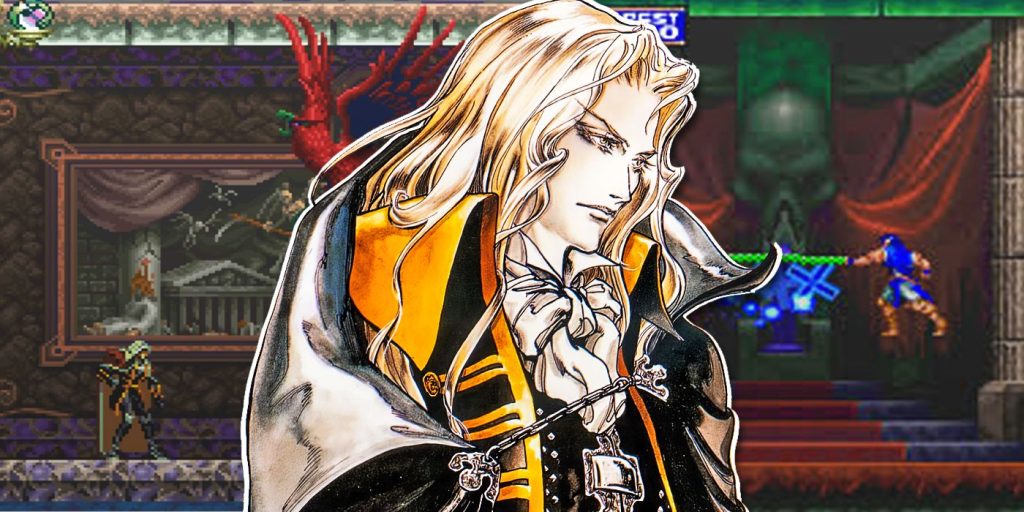Being born in ’89, and having grown up with the NES ever since I was old enough to hold a controller, it’s funny to me that I never played any of the original Castlevania titles when I was younger. Not Castlevania, not Simon’s Quest, and not Dracula’s Curse; they were always games I saw in Funcoland, but never games that I wanted to play.
I saw them all the time in my Nintendo Powers, but I never really understood what they were (same thing with Mega Man, but that’s an entirely different story.) For me, the NES was Legend of Zelda, Mario, Dragon Warrior, and other various platformers and RPGs. It wasn’t until the SNES came out that I finally got a taste of what Castlevania was, and my life would never be the same.
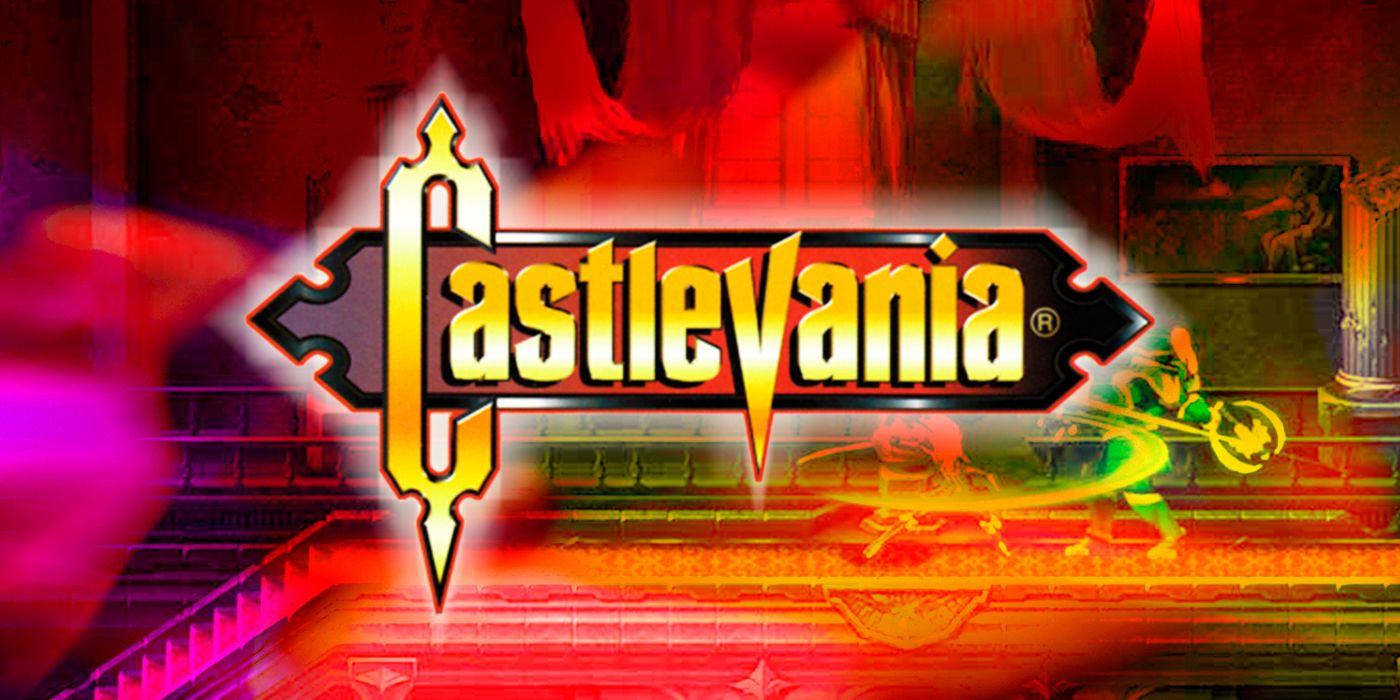
Related
Why Did Castlevania Fail So Hard on the Nintendo 64?
Castlevania’s transition into the world of 3D gaming was a rocky one, with its two first 3D titles being particularly difficult to go back to.
Super Castlevania IV (an entry that is arguably also the best title in the Castlevania series) stole me away body and soul when I was six. Let it be known that I was the biggest weenie of weenies as a kid; I was scared of everything, at all times, everywhere. But something about the mist creeping along the crumbling stone of Dracula’s castle, seeing skeleton horses grazing in the background of the first stage, and exploring the crumbling countryside outside of Dracula’s castle just made me feel like I was at home — I loved it.
From the very first time I ever played Super Castlevania IV, Castlevania became my favorite series of all time (so much so that when I watched Scooby-Doo on Zombie Island as a kid I turned to my little sister and said with deep conviction, “Simon Belmont would take care of this!”)
Fast-forward a few years, past the boom of the 16-bit era and into the astounding realm of 3D gaming.
It was hard for me at the time to really wrap my head around the massive changes that were happening in gaming. You mean, you didn’t have to just run right to complete a level? What were all those weird symbols on that grey controller? And why were games on CDs instead of cartridges?
It was a wild time to be alive as a young gamer, what with countless ads in Game Informer touting the amazing capabilities of the Sega CD and PlayStation. So, inevitably, when I got an issue with a complete break-down of Castlevania: Symphony of the Night, I was blown away. With no Belmont in sight, no classic segmented health bars at the top of the screen, and all these articles discussing brand-new RPG mechanics, Symphony of the Night mesmerized me.
I got my first copy of Castlevania: Symphony of the Night (my grandmom’s dog ate this copy) in 2001 as a gift from my great aunt. This was a few years after I first read about it in the magazines, and having spent so much time with the N64 with my friends, I had pushed it into the back of my mind. So when I finally held it in my hands, my interest was definitely piqued.
Playing through Symphony of the Night for the first time is an experience I wish I could feel all over again. It wasn’t just a fun game. It wasn’t just a high water mark for the Castlevania series. It was a benchmark title that completely reimagined the entire Castlevania series. It single-handedly created an entire subgenre of games. Castlevania: Symphony of the Night was, is, and always will be one of the greatest games of all time.
Symphony of the Night Continued the Tale Begun in Rondo of Blood
Die Monster! You Don’t Belong In This World!
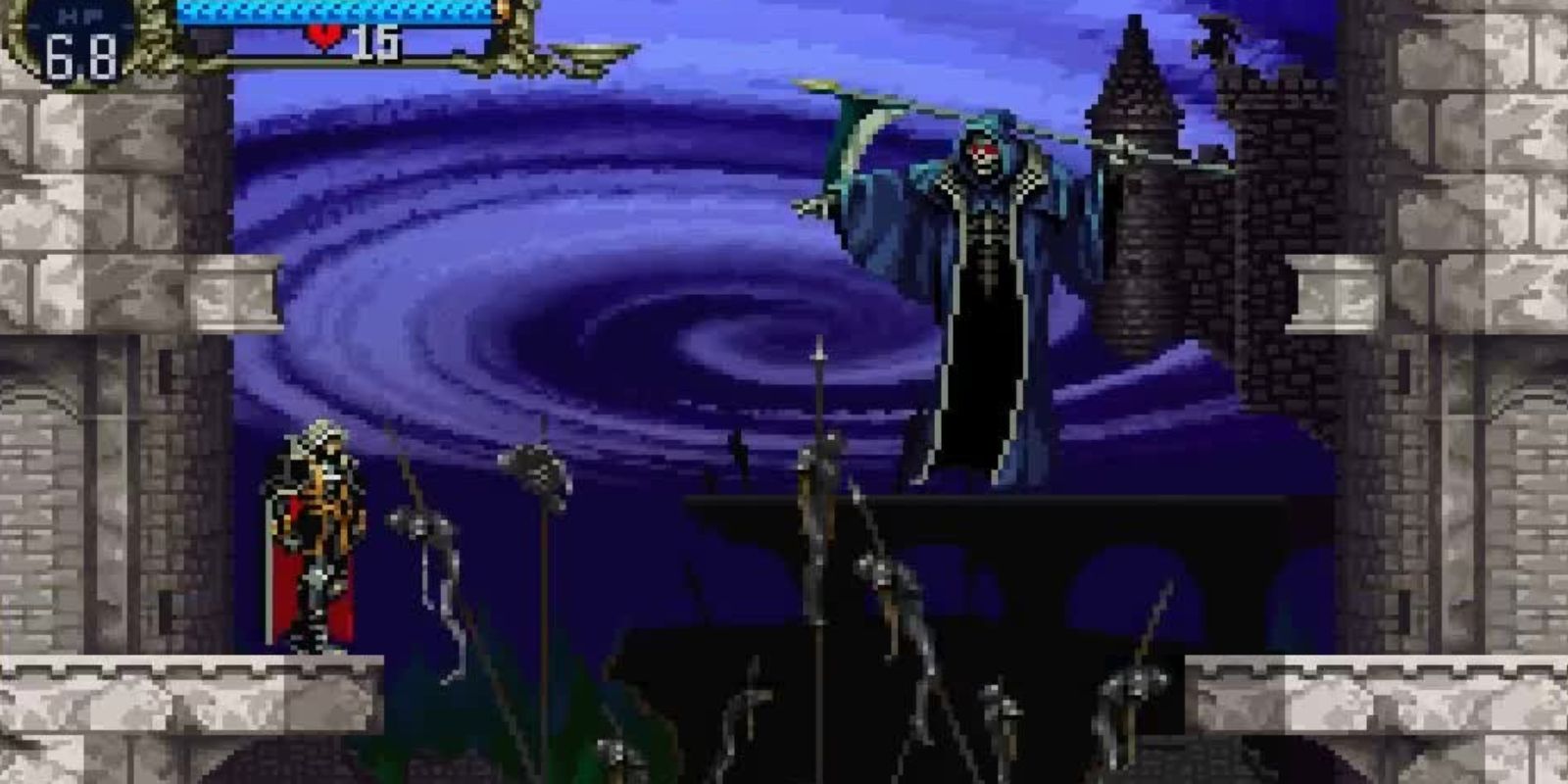
Symphony of the Night opens not with the beginning of its own story, but with the climactic finale of its predecessor, Castlevania: Rondo of Blood. In traditional form and style, players take the role of Richter Belmont as he ascends the iconic final flight of stairs toward Dracula’s throne room. The vampire hunter trades words with the lord of vampires, calling him out for his hypocrisy.
Their final battle ensues, and with one final attack, Richter defeats Dracula, condemning him to defeat once again. But as Richter’s story comes to a close, another begins. Set shortly after Dracula’s defeat at the hands of Richter Belmont, Symphony of the Night true game begins with the awakening of Alucard, the half-human, half-vampire son of Dracula himself. Alarmed at his unexpected awakening, Alucard races to his father’s castle to put a quick end to Dracula’s revival.
As Alucard enters the castle, Death confronts him and demands that he end his assault on the castle. Alucard, cool as ever, says that he will not, an answer that elicits a rueful laugh from Death. Stripping Alucard of his equipment, Death leaves him alone in the castle with no chance of escape. With the only way forward being the hard way, Alucard sets forth into the dark heart of the castle to finish his quest.
|
Title |
Year of Release |
Platform |
|---|---|---|
|
Castlevania: Symphony of the Night |
1997 |
PlayStation |
|
Castlevania: Symphony of the Night |
1998 |
Sega Saturn |
|
Castlevania: Dracula X Chronicles |
2007 |
PlayStation Portable |
Symphony of the Night is unique in that it isn’t just a direct sequel to Rondo of Blood (and by extension, Dracula X), but it’s also a continuation of Dracula’s Curse. Trevor Belmont may have been the primary protagonist in the third entry on the NES, but he was also able to recruit the help of Sypha Belnades, Grant Danasty, and Alucard. Symphony of the Night makes a cute reference to this when Maria asks Alcuard who he is (with a little 8-bit Trevor popping up over Alucard’s head, too.)
A boss fight in the inverted Colosseum features fake versions of Trevor, Sypha, and Grant, as well, further reaching back to Alucard’s first appearance. Many Western players might not have been familiar with the opening to Symphony of the Night on account of Rondo of Blood never being released outside of Japan for many, many years.
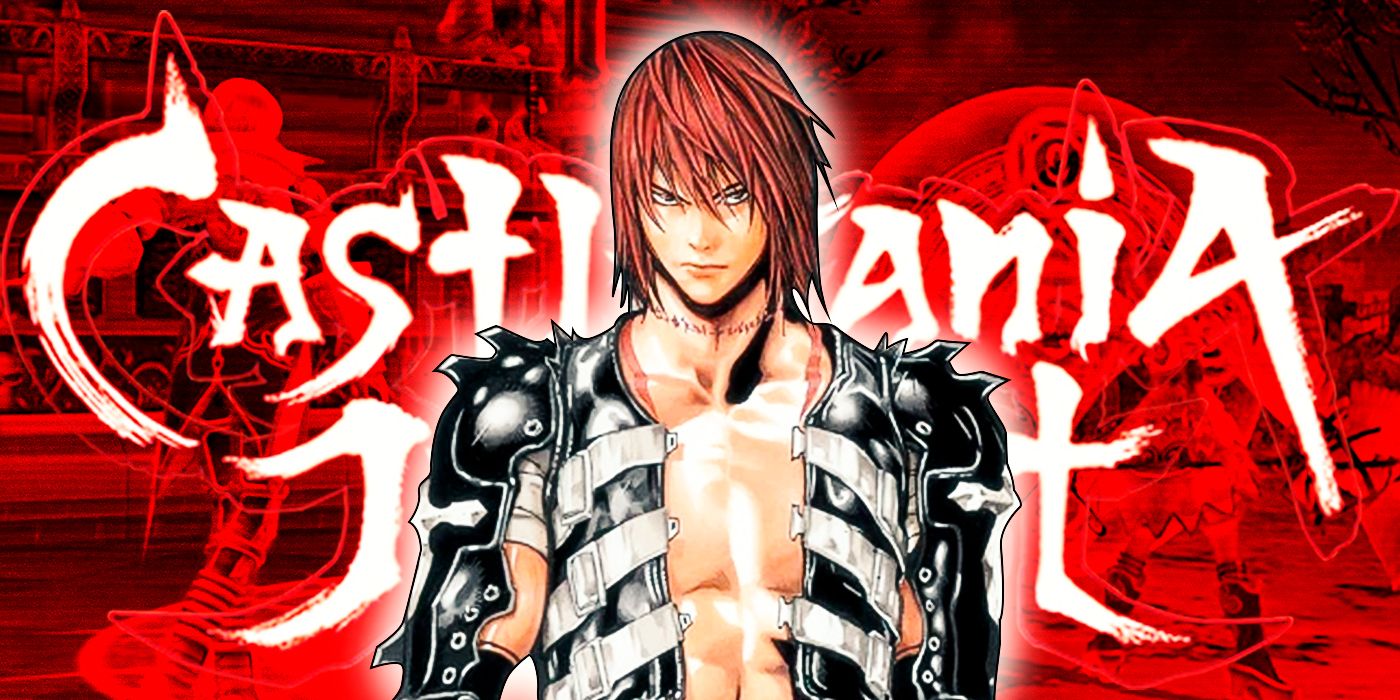
Related
Castlevania’s 1 & Only Fighting Game Isn’t As Bad As Everyone Thinks
Castlevania Judgement got a ton of flak when it released on the Wii, which is a shame, considering it boasts several very positive qualities.
Native to the PC Engine, Rondo of Blood is also considered by many fans to be one of the best entries in the series (the early 90s were on fire.) Rondo of Blood starred Richter Belmont as he set out to not only defeat Dracula, but also to save a handful of girls that had been kidnapped by Dracula’s forces (Maria, Anette, Iris, and Tera.)
Instead of receiving this game, Western players were given Castlevania: Dracula X on the SNES (also known as Vampire’s Kiss in Europe.) While the plot and core direction of the game is the same as Rondo of Blood, Dracula X features completely different levels, gameplay style, and a radically (and extremely difficult) final battle against Dracula.
Symphony of the Night Set the Stage For an Entire Genre of Games
It Was Not By My Hand That I Am Given Flesh!
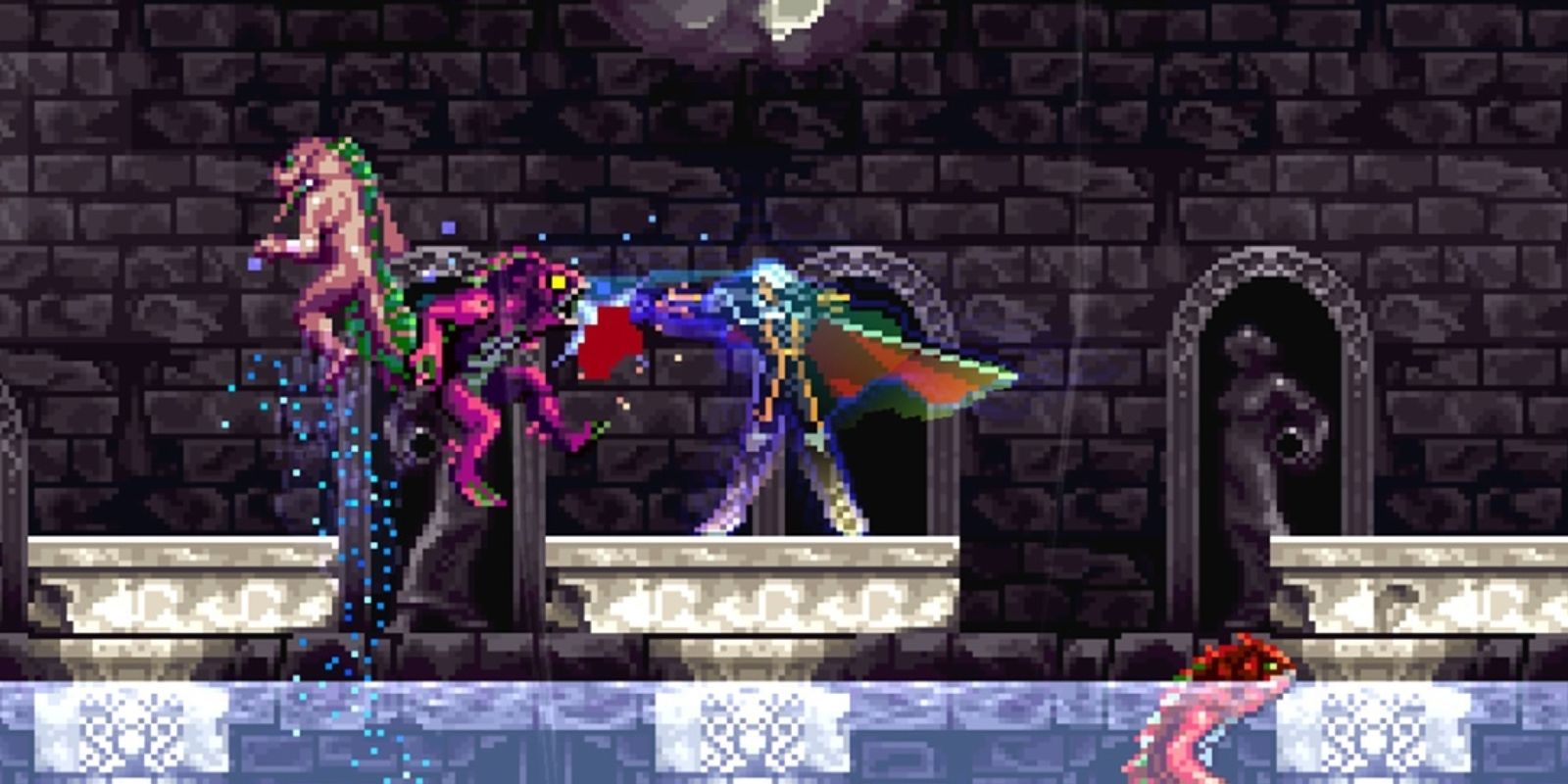
Symphony of the Night takes all the classic action platforming the Castlevania series was famous for and refined it into a seamless exploration adventure game. Gone were the linear left-to-right levels of yesteryear. Gone were points and high scores. Health bars, lives, and continues were all discarded, as well. In their place was an action side-scroller with a heavy emphasis on RPG mechanics.
Enemies granted experience points, levels were to be gained, and equipment to be discovered. And with the ability to backtrack and explore the castle at will, Symphony of the Night gave players a completely new way to play Castlevania. This isn’t to say the game was all RPG and no action.
With short swords, great swords, daggers, knuckles, shields, and a simply massive selection of armor and accessories to equip in tandem, Alucard was a walking one-man army. Even though other types of weapons such as axes, spears, and bows were unavailable, the sheer amount of variety in how individual weapons operated was more than enough for players to contend with.
The Jewel Sword would litter the ground with gold; the Holbein Dagger unleashed a flurry of attacks; the Shield Rod could unleash potent spells when used in conjunction with shields. There was simply no end to the ways that players could arm themselves and tackle the games’ enemies.
Players who found the Crissaegrim and Ring of Varda felt like unstoppable gods and it was absolutely amazing.
It might seem like old hat by today’s standards, but the idea of discovering out-of-reach and inaccessible items/locations was a focal point in Symphony of the Night’s design. Locked doors, glowing blue, taunted players early in their quest. Ledges and the regions near the tops of screens (as well as those submerged deep underwater) promised secrets for players who would remember to come back and explore further.
Finding new artifacts, spells, and equipment that granted new powers wasn’t just new means of combating foes: they opened up entire sections of the map. Turning into a bat and flying through the air, turning into mist and dodging enemy attacks, and pressing Down-Up+Jump to boost upwards through the air made the game feel as if it would never run out of content to explore.
As players fought enemies, gained levels, found new and stronger equipment, and uncovered more and more of the castle map, it seemed as if Symphony of the Night couldn’t get any better. But there was something weird about that hall lined with spikes. And that wooden bridge with the Heart Increase underneath it looked odd, too.

Related
10 Best Castlevania: Nocturne Season 2 Moments That Didn’t Include a Fight
Castlevania: Nocturne’s second season had a myriad of amazing character-focused scenes that kept audience’s eyes glued to the screen.
And then there was the central clock room with that one statue that looked like it could move. For players who knew there was more to Symphony of the Night than just a bad ending where Richter gets defeated, the greatest discovery of all was hiding in plain sight the whole time: the Inverted Castle.
Take the entire map, flip it upside down, and fill it with even harder enemies, tons of traps, and more items, more equipment, and more secrets. It was an entirely extra playthrough tacked right onto the main quest itself that held some of the most memorable moments in the game. Words cannot describe the feeling of entering that portal room, being warped into an upside-down castle, and realizing that the adventure was only halfway through.
There Was a Very Good Reason Why Symphony of the Night Was Developed the Way It Was
I’ll Not Ask You to Join Our Side, But I Demand You Cease Your Attack!
In recent years, there has been a matter of contention over the radical new direction that Symphony of the Night took over the earlier Castlevania titles. Some people have expressed their dissatisfaction with the dramatic reduction in difficulty that Symphony of the Night gave players instead of the steep challenge of previous games such as Dracula’s Curse and Bloodlines.
Ire has been directed at the free-roaming RPG exploration of the game that, with the heavy use of graphical flair that accompanies leveling up and defeating enemies, has been viewed as ultimately diluting and cheapening the core experience and identity that Castlevania as a series had once had.
In an interview included in Castlevania Chronicles, series director Koji Igarashi explained why Symphony of the Night was developed as it was and why the series had been taken into such new territory. Igarashi stated, “The major reason why I came to rechange the Castlevania concept was due to its longevity. Users spend so much money on a product and I simply wished if they could enjoy the game much longer.”
Castlevania: Symphony of the Night was designed so that players of all skill levels could progress through the game and earn the chance to view the ending credits themselves.
Igarashi continued to say, “To allow everybody to see the ending, I made the choice to implement power-up levels so that any gamer could play the game thoroughly with the impression that they have beaten the game and gained a cash-back feeling.”
As someone who has personally been to Japan and gone to many stores across Tokyo, Kyoto, and Osaka, I can say with personal experience that, yes, Japan is full of used games. From Super Potato in Akihabara to Surugu-ya in Shinjuku, and Retro Game Camp in Chiyoda City, I saw first-hand how many copies of classic games are traded into Japanese game stores.
It needs to be remembered, too, that back in the day, long before Westerners flooded the Japanese retro markets, there were countless copies of used Castlevania games just sitting in bins and hanging on walls. For players who weren’t good enough to beat them, they were just games that were better traded in for something else.
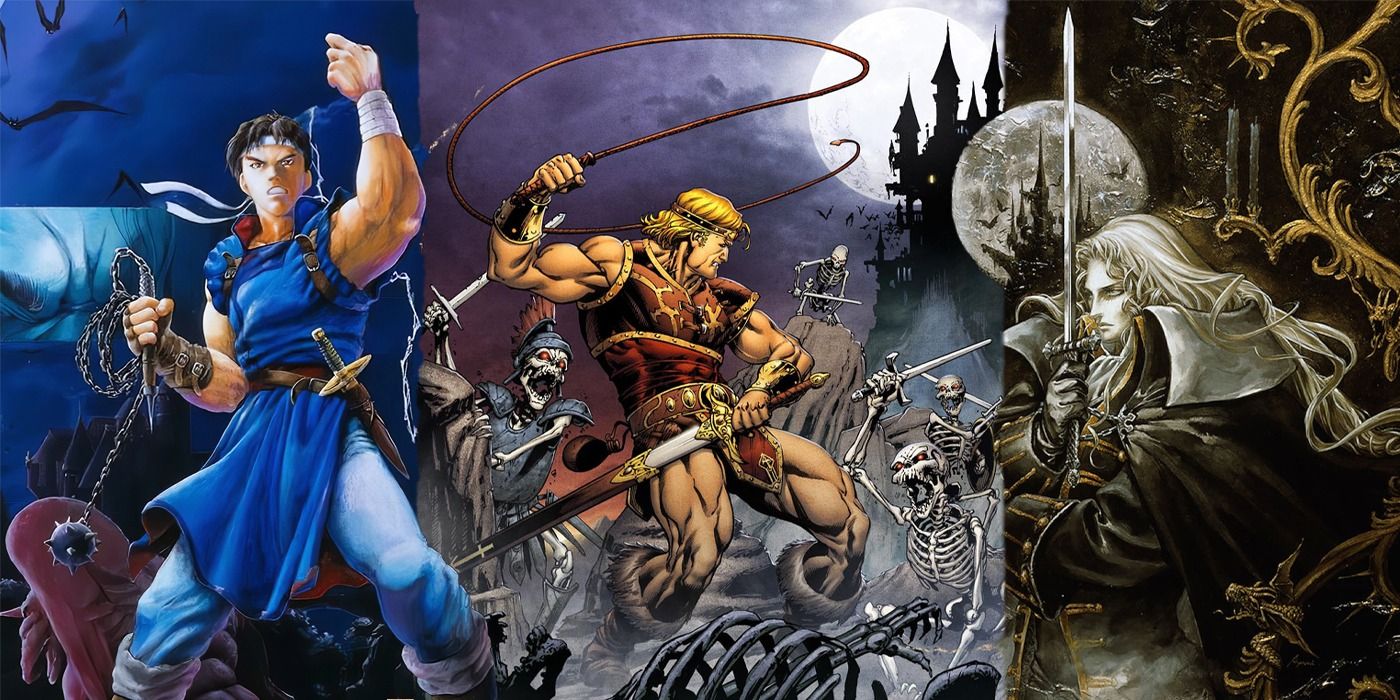
Related
A Complete Timeline of the Original Castlevania Games
This is a complete timeline of the main Castlevania universe.
Igarashi’s decision to reduce the overall difficulty of Symphony of the Night wasn’t done with the express interest in cheapening the series, but to ensure that a greater number of players could enjoy the game. Symphony of the Night isn’t a difficult game, but it does have moments of challenge for those new to it. By giving players so many options to become more powerful, the incentive to keep playing remains strong, which in turn inspires players to develop positive feelings towards the game and series.
Symphony of the Night can be as easy or as difficult as a player wants it to be, depending on how much time they allot to it and any restrictions they impose on themselves while playing it. It’s important to remember that not everyone is as good at games as others and that sometimes the focus should be having fun and not cursing at your TV screen.
Symphony of the Night Deserves Every Ounce of Praise It’s Received Over the Years
What Is a Man!?
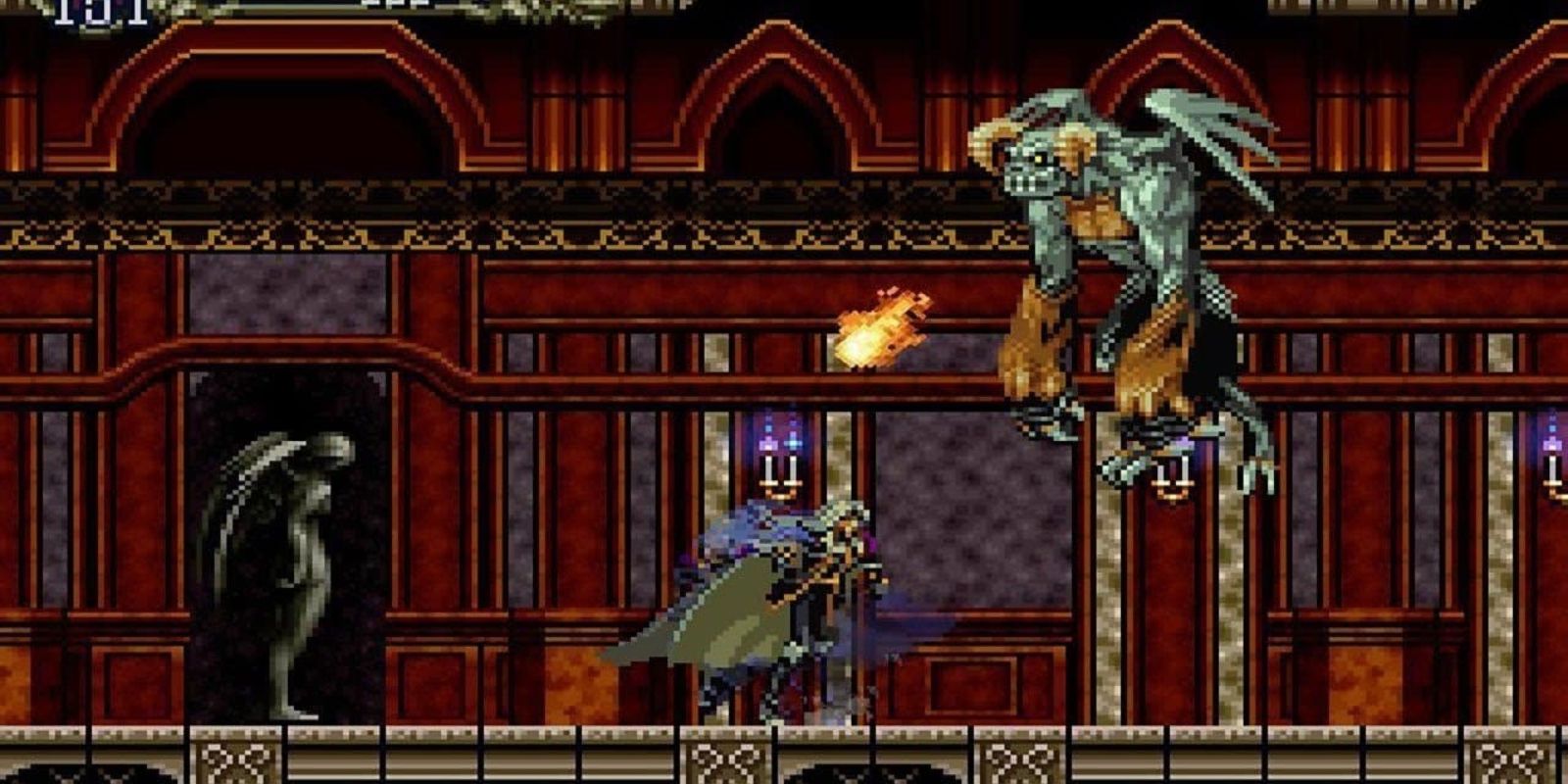
To call Castlevania: Symphony of the Night one of the greatest games of all time is a big statement. I’ve played thousands of games across every console and arcade generation. I’ve played good games and bad games. I’ve played great games and horrible games. And, very rarely, I’ve played truly exceptional and phenomenal games.
Symphony of the Night is one of those exceedingly rare games that slam dunks each and every box on the checklist of prerequisites to be considered exemplary. For those who don’t believe me, here is a comprehensive breakdown of every facet of Castlevania: Symphony of the Night.
Gameplay
It doesn’t matter how amazing a story may be written, it doesn’t matter how gorgeous graphics may be rendered, and it doesn’t matter how fantastic the music may be: if a game’s gameplay is bad, then it’s all for nothing. Gameplay itself can be divided into a few key components: control, difficulty, and genre-specific mechanics.
In Symphony of the Night’s case, its control is silky smooth. Alucard glides across terrain and leaps through the air with ease and allows players to explore Dracula’s castle with grace. Add in the Gravity Boots, Souls of Bat and Wolf, and other various artifacts and the means by which players can traverse through the castle opens wide up.
Not only does Alucard handle well, but combat is fast, fluid, and satisfying. Landing strikes on enemies feels good, and unleashing special attacks against bosses rewards players with critical hits, elemental weaknesses, and defensive maneuvers. Offensive spells can be discovered that deal damage and restore HP in various ways.
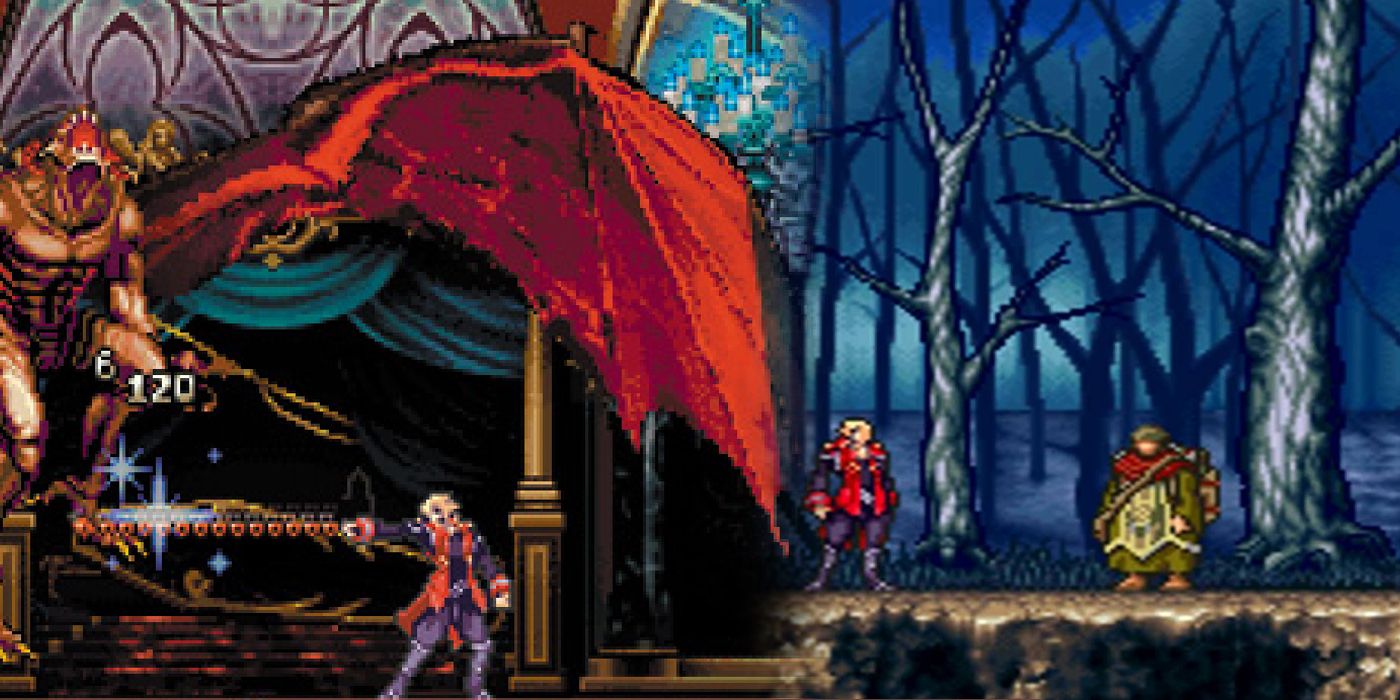
Related
Every Boss in Castlevania: Portrait of Ruin’s Nest of Evil, Explained
The Nest of Evil is Castlevania: Portrait of Ruin’s most difficult challenge. Each boss is a guest from a previous Castlevania game.
With regular skeletons and spear guards paired up with squealing Stone Roses and vengeful Owl Knights, Symphony of the Night is overflowing with some of the most imaginative enemies in the series. Nearly every enemy has an item to drop, which makes repeat encounters worth the player’s time.
So the controls are good, and the combat is thrilling. Awesome. Well, that leaves the rest of the game, namely its exploration, and it grand slams it out of the park. If Symphony of the Night was nothing more than linear halls that stretched from right to left, it would be a startlingly boring game.
But with sprawling galleries, platform-filled towers, water-logged caverns, and crumbling ruins to explore, there’s no shortage of a variety of locations to visit. Through a blend of horizontal and vertical movement, Symphony of the Night always gives players a change of pace in how they move throughout the castle. No two zones are identical, and no two zones offer quite the same movement tech.
Graphics
From a visual standpoint, Symphony of the Night is a joy to behold. Its 2D spritework is exquisite. Alucard, Maria, and Richter are all animated smoothly and with an astounding amount of detail. Alucard’s hair flutters as he leaps into the hair; his cloak billows out behind him when he runs; his arm swings in a wide sweep with every attack he makes.
Enemies are equally as gorgeous to look at; the detail in the Fire Demon and the grotesque Scarecrow is top-notch. This isn’t even taking into account the details in the environments themselves, from the undulating lava flows deep beneath the castle to the purple and black skies of the Clock Tower. Colors are sharp and vibrant, sprites are well-detailed, and graphical effects abound with weapons and attacks.
Music
Unlike previous entries in the Castlevania series, Symphony of the Night incorporates a variety of genres into its soundtrack. While earlier games simply focused on Baroque, Romantic, and Rococo styles in their track compositions, as well as great nods to classical harpsichord concertos, Symphony of the Night offers a massive variety of music.
For example, the track “Prayer” heard on the File Select screen is a medieval chant that uses polyphonic and homophonic vocals. “Requiem of the Gods” in the Holy Chapel is a Baroque-style choral arrangement (super huge shout out to Paul “Wallace” Esch for discussing this in great detail over on castlevaniadungeon.net.)
Shifting gears mightily, “Festival of Servants” is a high-intensity metal arrangement with searing electric guitars and pounding double-bass. From jazz fusion to rock to haunting classical choirs, Symphony of the Night is an aural delight with every single one of its tracks.
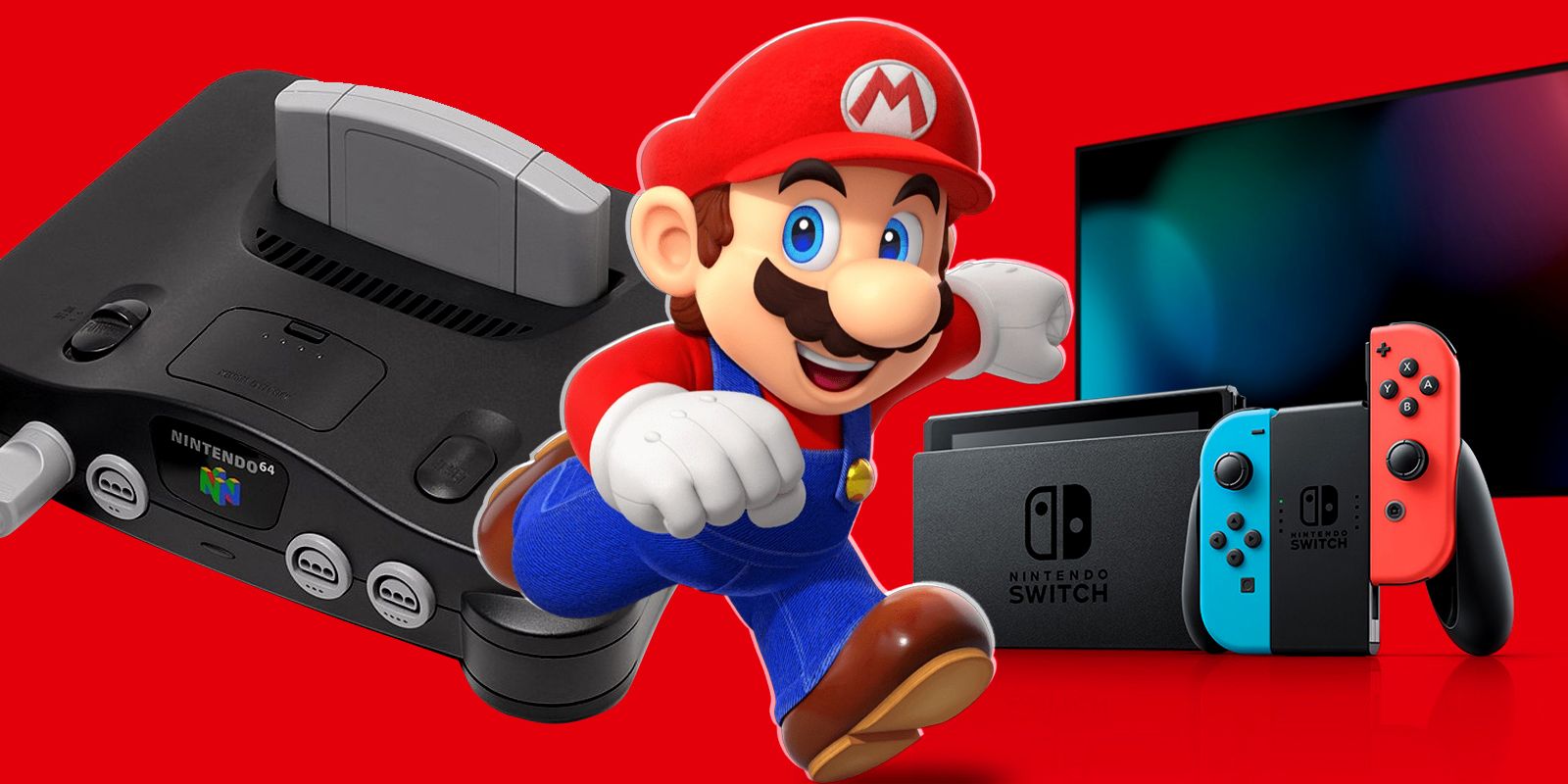
Related
10 Most Underrated N64 Games on Nintendo Switch Online, Ranked
Nintendo Switch Online has some true N64 classics, but there are also some games in the library that are completely underrated.
Replayability
Easily one of the biggest and most impressive aspects of Symphony of the Night is the staggering amount of content that it has hiding under the hood. The intro stage with Richter might seem pretty cut and dry until you realize that you can hit the overhanging wall at the top of the steps to reveal a secret room packed with secret items.
A breakable wall in the Outer Wall is actually a secret elevator that leads to another secret item. An extremely rare enemy, Schmoo, actually holds the most powerful weapon in the game, the Crissaegrim for players determined enough to get it. Inputting various names and characters in the File Select Screen grants players various boosts for new games. It just doesn’t stop.
Even defeating Dracula as Richter can net players extras depending on whether they take damage, have max hearts, or have Maria come to their aid. Not only does Symphony of the Night boast a near-limitless amount of content to discover in subsequent playthroughs, but it’s also perfect for various challenge runs that experienced players can set for themselves.
Starting equipment only, no weapons, no damage, items only; there’s almost no limit to what players are capable of creating (speedrunner and Youtuber Dr4gonBlitz’s Impossible Challenge of one-hit death, no level-ups, random start locations, and random enemy stats is the supreme testament to this.) The fact that a game that’s nearly thirty years old still has this much to offer old and new fans alike speaks volumes about what it has to offer.
Symphony of the Night’s Impact Can Be Seen and Felt Today
I’ve Come to Put an End to This
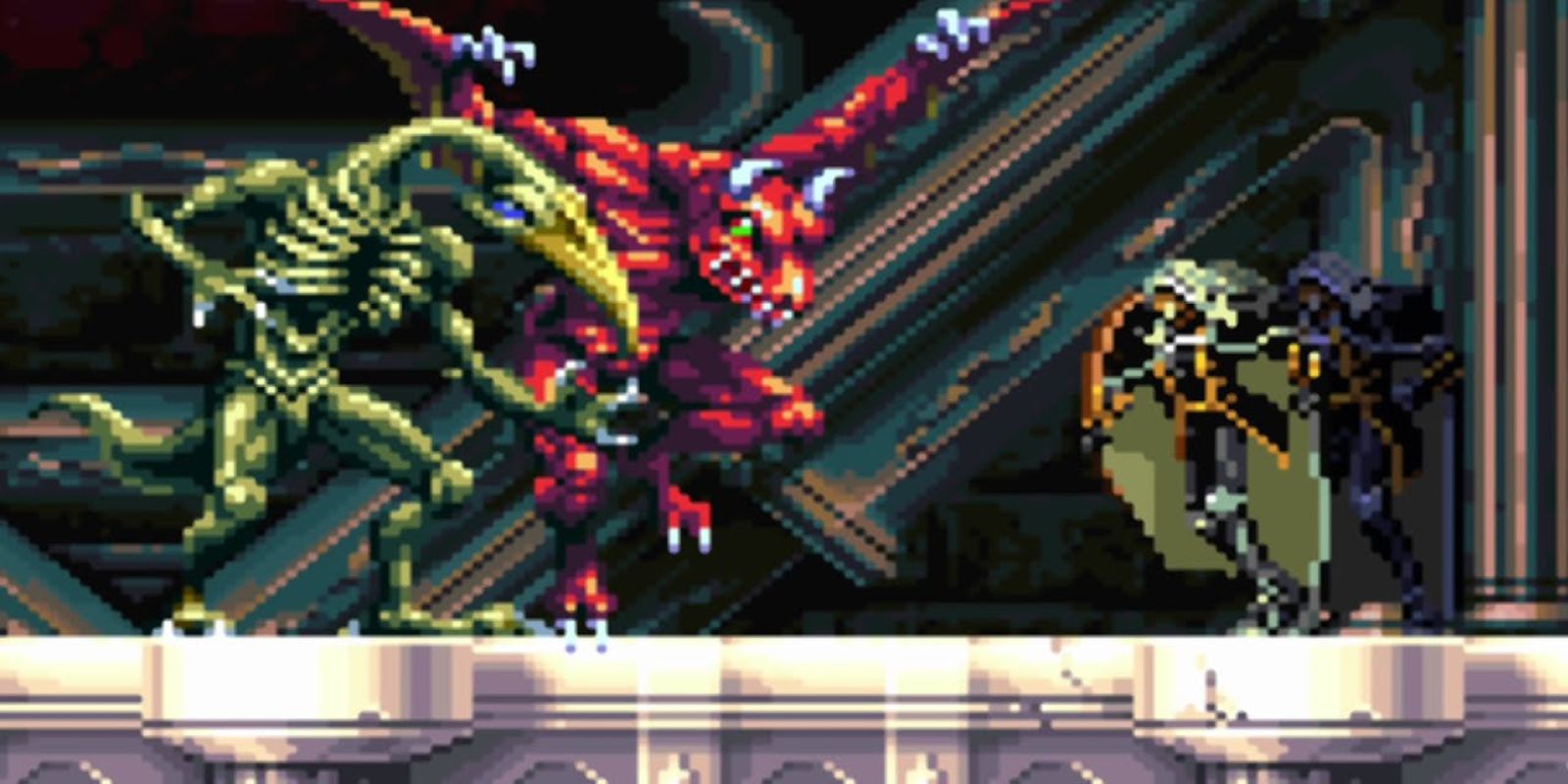
I’ve been around the block a few times, and I’ve seen games come and go. I’ve seen trends and styles and series become the new big thing and then disappear quietly into the shadows. There’s nothing inherently wrong with this. After all, we need new generations of games to come and keep the industry fresh and alive.
But over the years, despite immense amounts of fervor and hype and praise, there are plenty of huge, AAA games that just aren’t talked about anymore. The Resistance: Fall of Man games were Sony’s pride and joy on the PS3. Now? No one talks about them. Go a little further back to Siphon Filter on the original PS1, and it’s the same deal.
That series was a very successful franchise during its time and even spawned a whole trilogy of games on its platform. Today, however, no one talks about Filter-likes and the lasting impact ol’ Gabe had on the action genre. Symphony of the Night helped spawn the subgenre of Metroidvanias, a style of 2D action-adventure games that emulate Symphony of the Night’s own gameplay model.
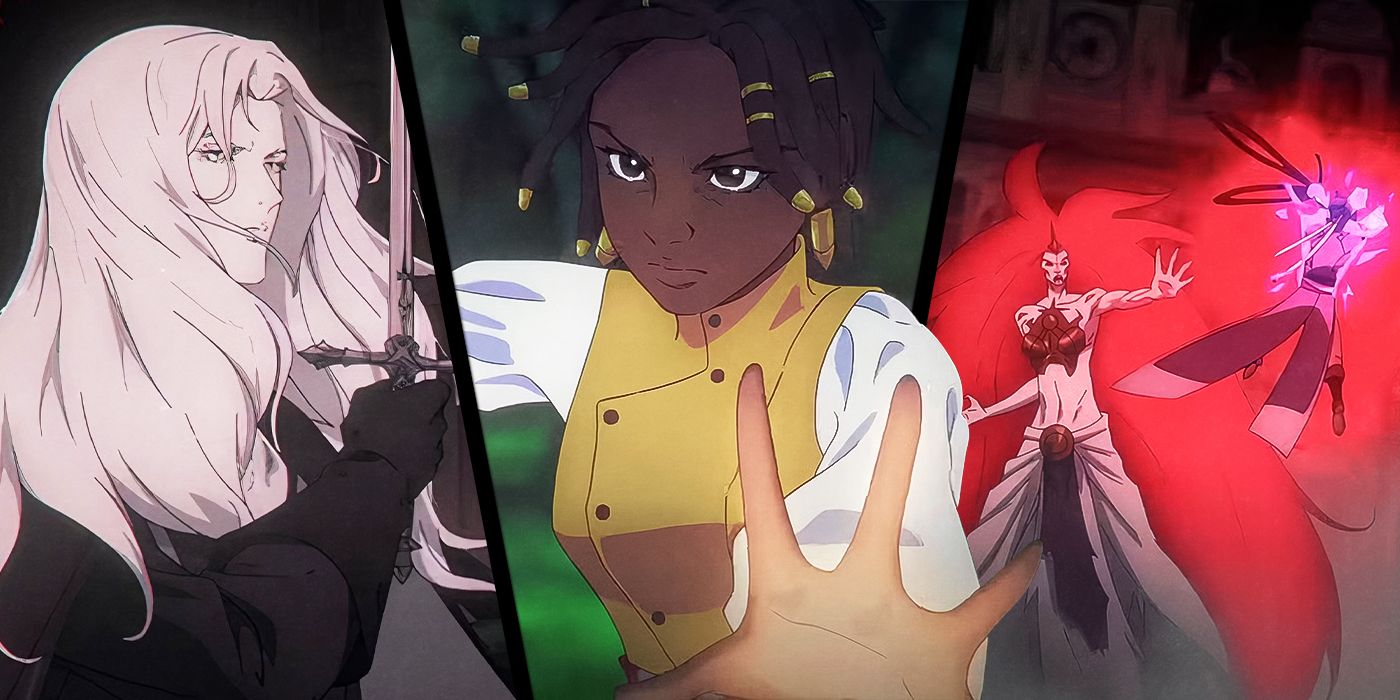
Related
Castlevania: Nocturne Season 2’s Most Brutal Fights, Ranked
Season 2 of Castlevania: Nocturne has a slew of fights that show the power of the anime medium and exactly what this intense game is about.
Now, of course, the name itself is also a conjunction of both “Metroid” and “Castlevania”, with Metroid laying the foundation for this style many years earlier. But it was Symphony of the Night’s injection of RPG elements, nuanced backtracking, level design, and combat that helped push the genre to greater heights.
Nowadays, Metroidvanias are released throughout each year en masse, and mostly to great aplomb. Hollow Knight, Blasphemous, Axiom Verge, and Ori and the Blind Forest are only a handful of amazing games that have been inspired by Symphony of the Night. To say that its impact and legacy will be felt forever is a pretty apt statement.
Castlevania: Symphony of the Night Is One of the All-Time Greats, End of Line
Well Met, My Son!
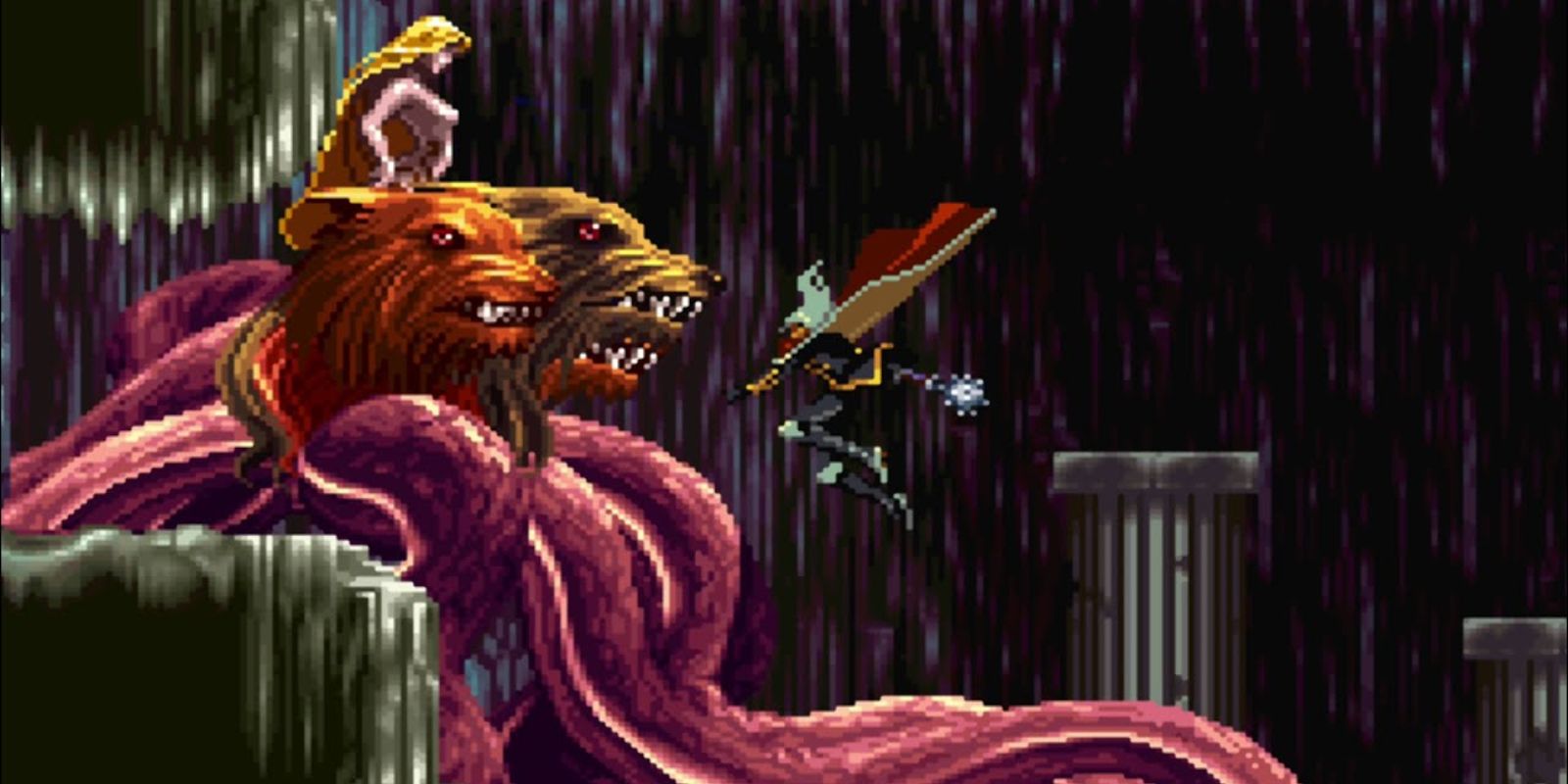
As I said before, Castlevania is my favorite series of all time, hands down, no questions asked. My entire left arm is covered in a Castlevania sleeve (something I was extremely excited to show Igarashi himself when I met him at New York City Comic Con back in 2019.) Excluding that pesky Sharp X68000 Castlevania title, I own every physical Castlevania game released (yup, my copy of Legends is CIB, too.)
Castlevania games have come and Castlevania games have gone, but through them all, Symphony of the Night still stands at the very top of the pack. Of all the games in the series, with Super Castlevania IV being the runner-up, Symphony of the Night is the one I’ve played the most. It never gets old. Yes, I know that if you backtrack to the room where Death steals your equipment, Slogra and Gaibon will be there for a moment before running off.
Yes, I know if you hit all the gears in the Clock Tower until they click you can open up a secret room. And yes, I know you can spam the Heart Refresh/Duplicator combo to glitch through the floor in the very first room of the game to enter the removed Underground Garden area.
The personality and charm of Symphony of the Night is timeless and allows it to remain as fun today as it was when it first released.
But it doesn’t matter how much I’ve already uncovered in the game. It doesn’t matter that I own every copy of the game released. It never becomes stale. While I wish I could fight Granfaloon and Beezelbub for the first time again (boy, that was a sight), I can still have fun just experiencing the game.
Very few games have aged as well as Symphony of the Night has, and even fewer games can boast as robust a legacy, too. It’s the perfect marriage of combat and exploration. It’s the perfect fusion of classic arcade-style gameplay and RPG customization. It was the bridge that brought the classic titles into the future, and the title that influenced every portable title in the franchise.
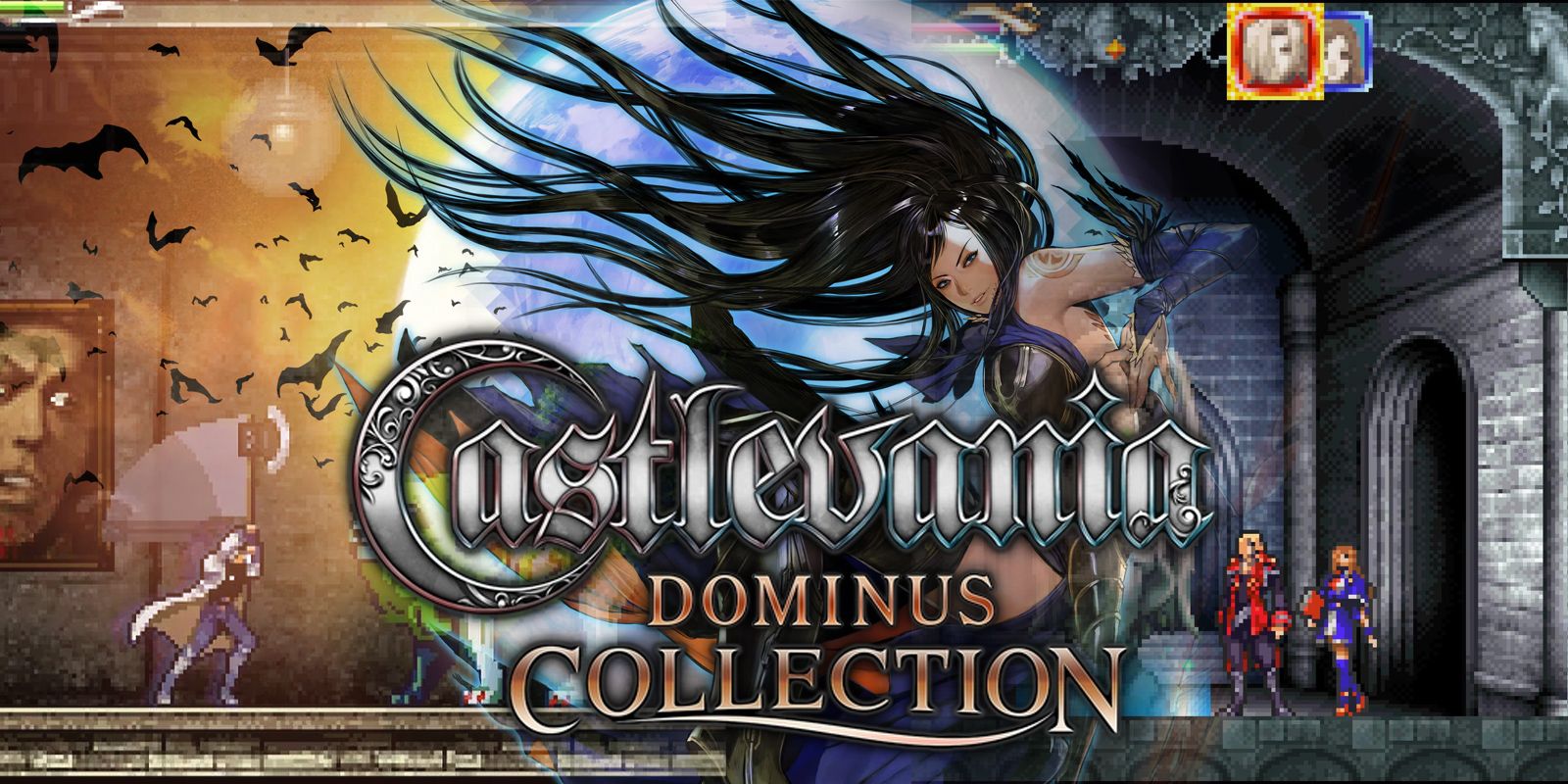
Related
Castlevania Dominus Collection is a superb old-school collection that goes above and beyond in preserving these Nintendo DS games for Xbox and more.
Igarashi has kept the spirit of Symphony of the Night alive with Bloodstained: Ritual of the Night, which itself is another testament to how much people still love Symphony of the Night. It wouldn’t be fair to say that Symphony of the Night was lightning in a bottle because as Aria of Sorrow and Portrait of Ruin and all the other handheld titles proved, that formula can be replicated.
But it would be fair to say that Symphony of the Night is not only the best entry in the Castlevania series, but it is also one of the most influential games ever released. Seriously, if you haven’t played it, go find a copy and dive in. It really is that good. Now all we need are the Saturn areas incorporated into the next port and I’ll be happy as a clam.
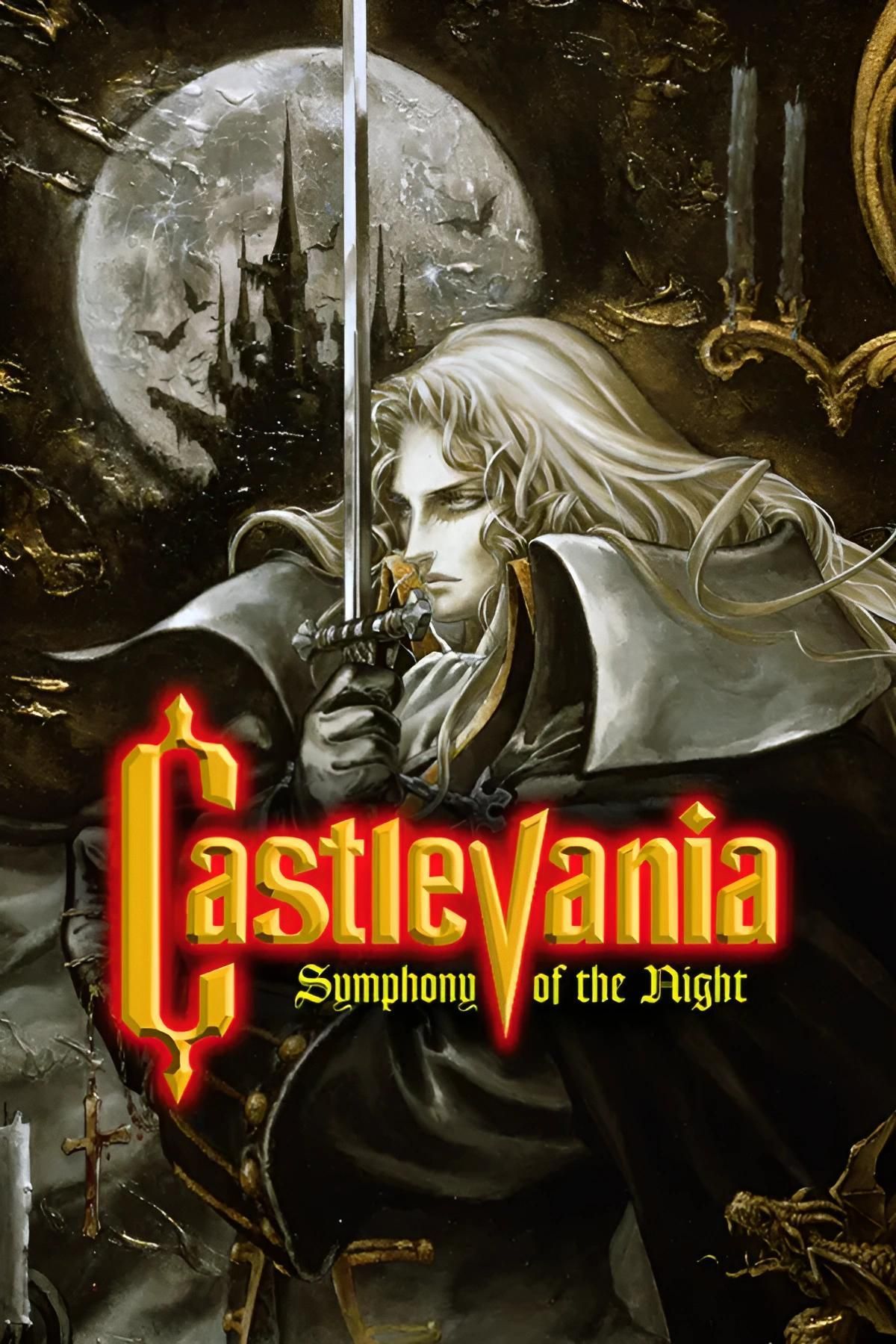
Castlevania: Symphony of the Night
- Released
-
October 2, 1997
- ESRB
-
T For Teen Due To Animated Blood and Gore, Animated Violence
- Developer(s)
-
Konami
- Publisher(s)
-
Konami



